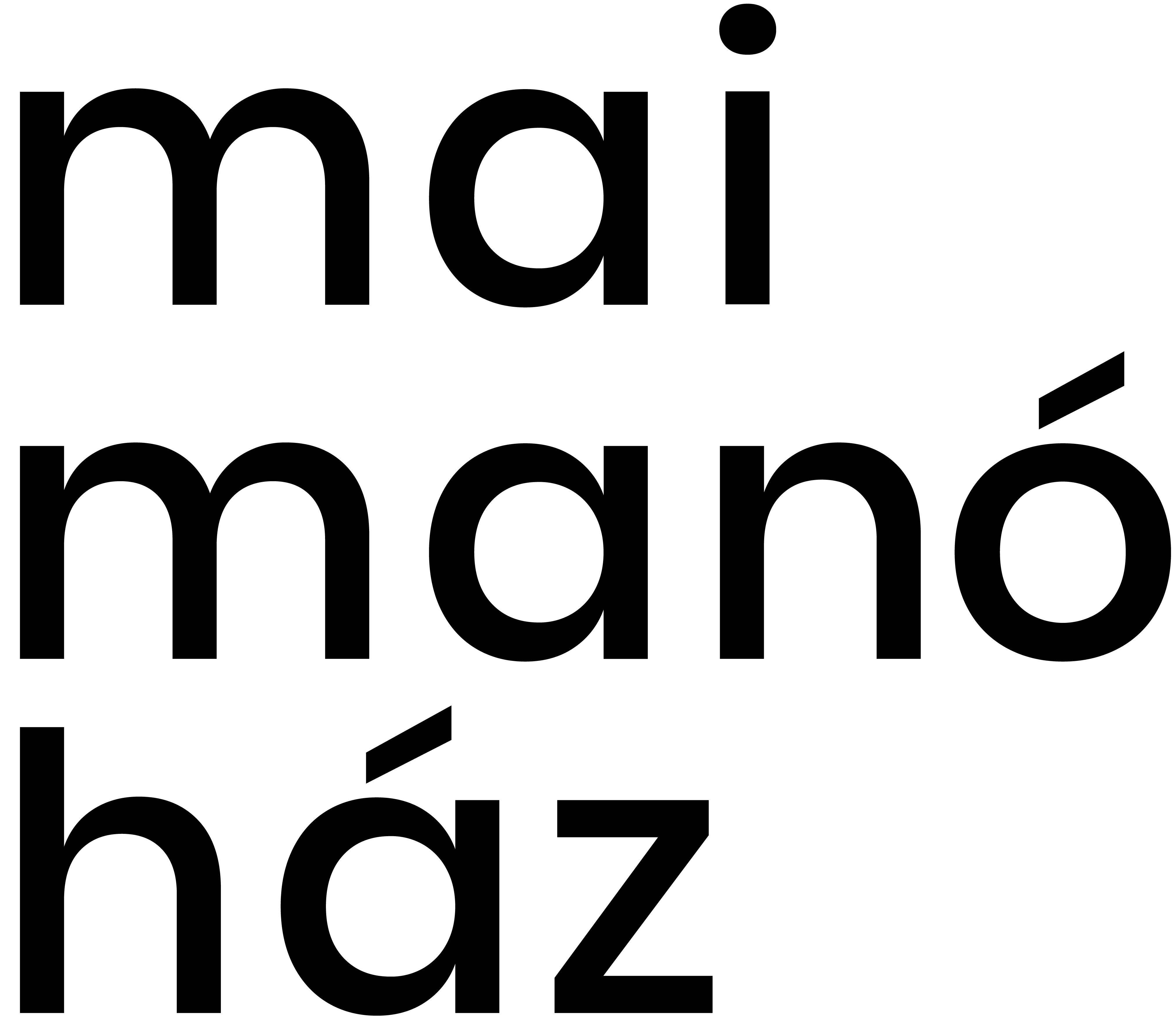György Stalter – Oldnew Images
Curator: Károly KINCSES
Open to the public:
April 29 – June 26, 2016
on Weekdays: 14.00 - 19.00
at Weekends 11.00 - 19.00
He was not a child prodigy, but he was interested in miracles, – said the photographer in an interview. What a good sentence. Father Lőrinc, the head of the photography study group of the Franciscan high school in Esztergom, purposefully or not, had set him on a path, which he has not wandered off from for a second ever since. But this is not the only reason for Stalter being a peculiar figure in the Hungarian photography scene. Depicting himself as a frustrated child in his early photo series, or later his Polaroid nudes, body images, then his sociographic, often harsh photoreports about dogcatchers, a spoon manufactury, prisoners, and, to top it all, the album Other World he made together with Judit M. Horváth about gypsies… well, these seemingly very different themes make up the adequate and viable work of a human being. Stalter has always reacted to those surrounding him as well as the phenomenon of the broader world in a socially sensitive manner. We have got used to this from him. Haven’t we? He said about himself, “I think that someone who calls himself a photographer sets out on the road with an idea. This is work and not a matter of cheerfulness or one’s current frame of mind. In my opinion, photography essentially is about you – with your personality and conscience – want to show something in a way you have in mind.”
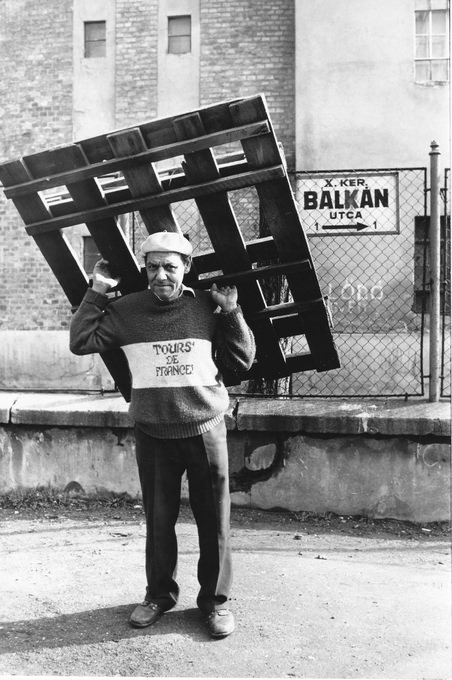
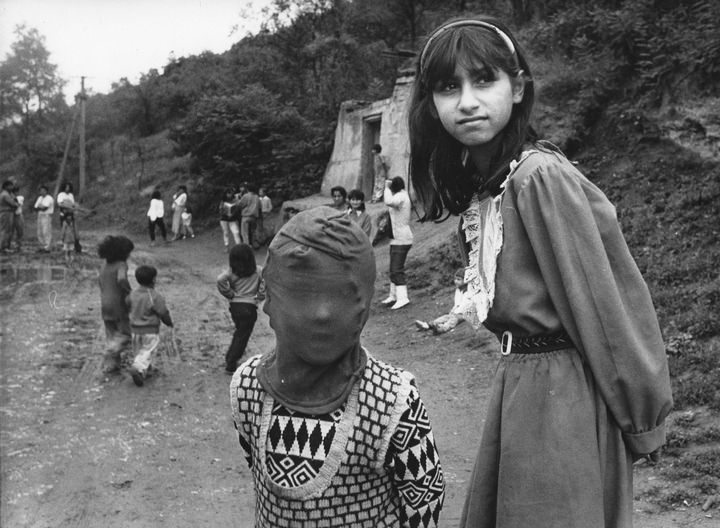
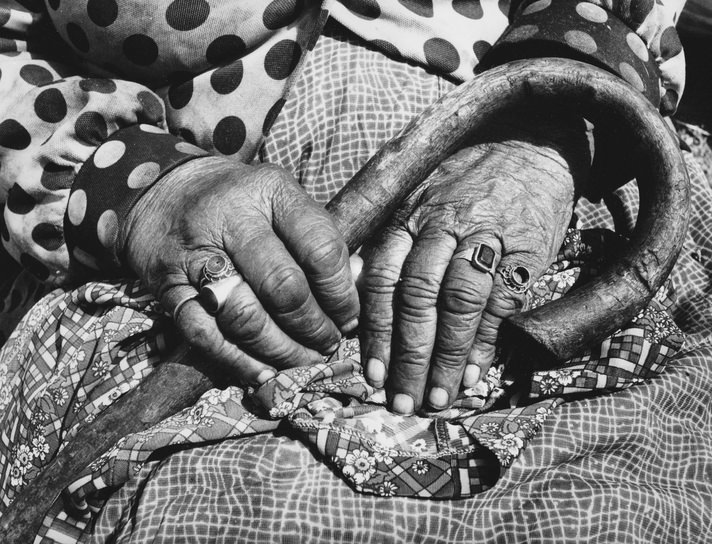
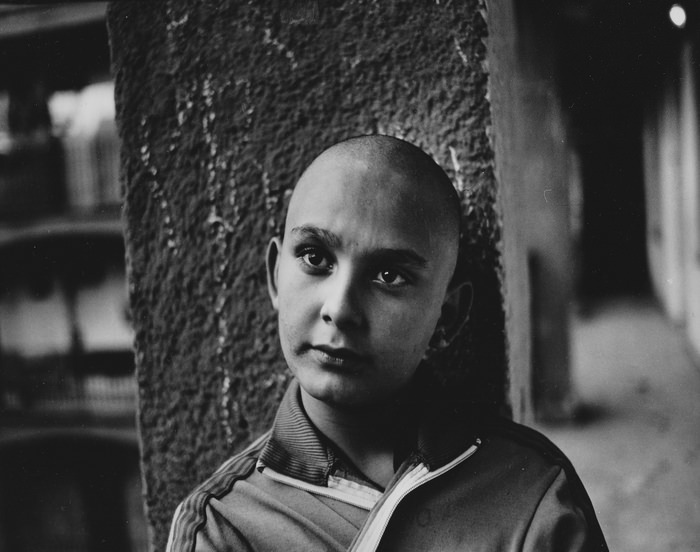
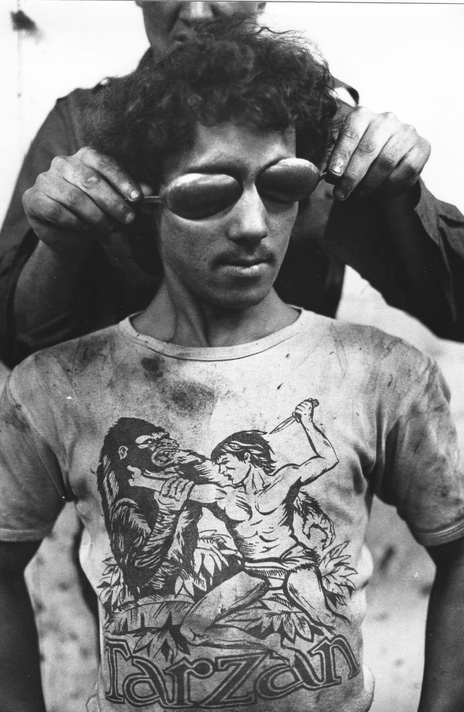
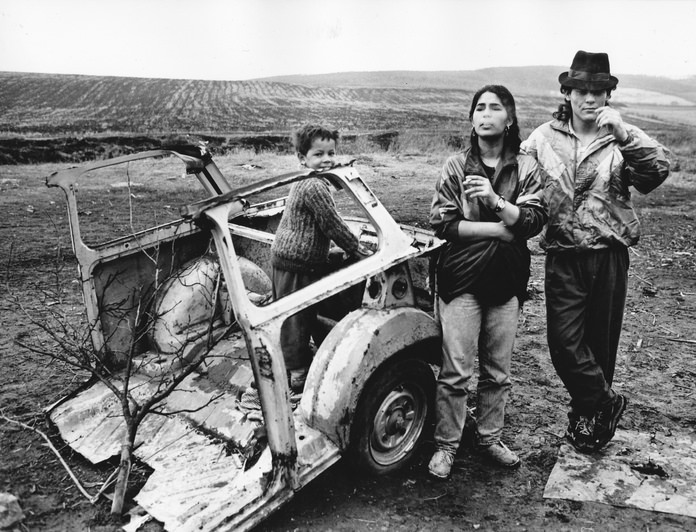
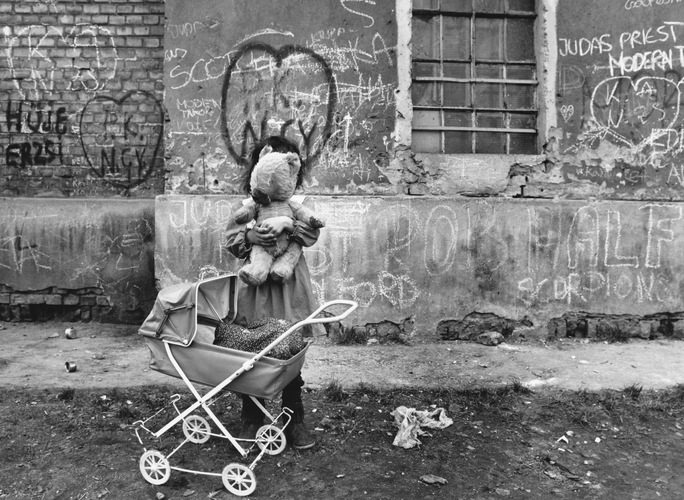
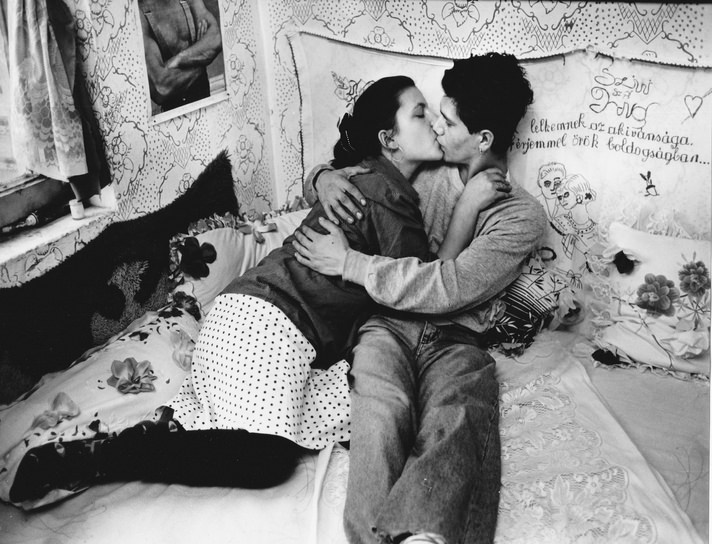
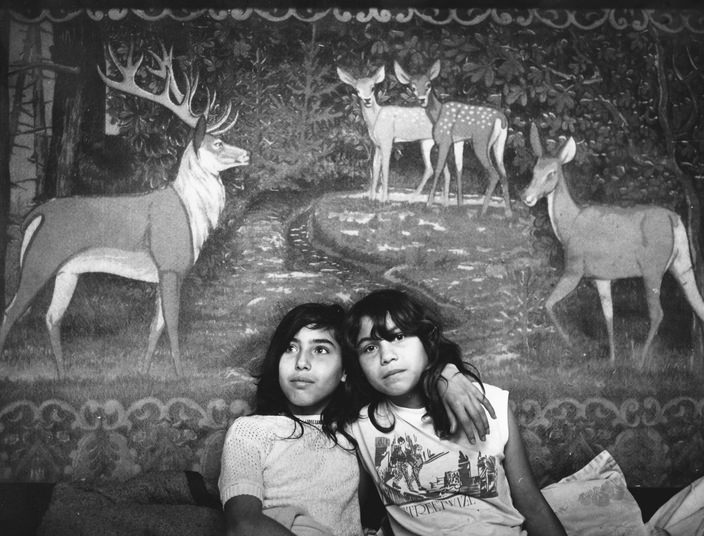
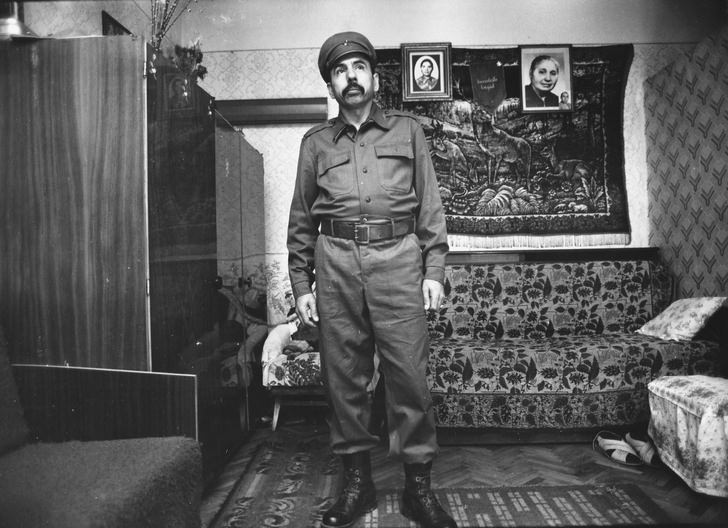
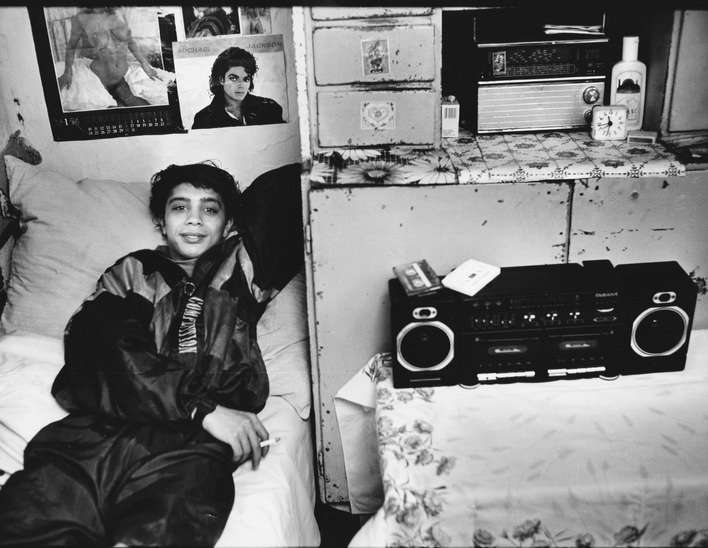
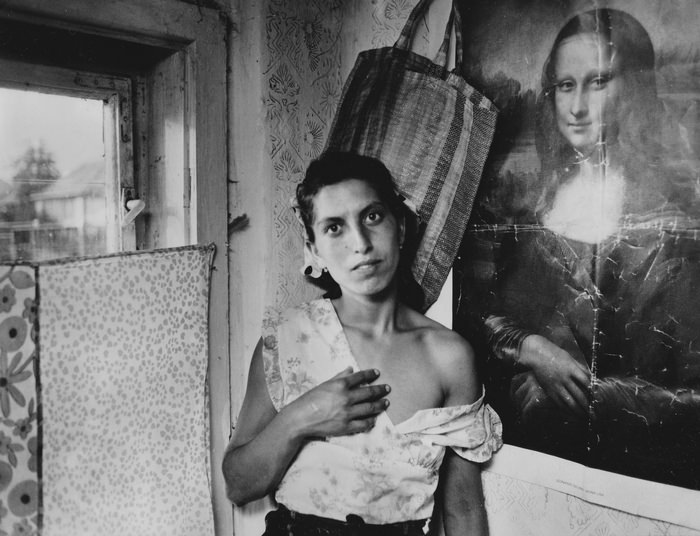
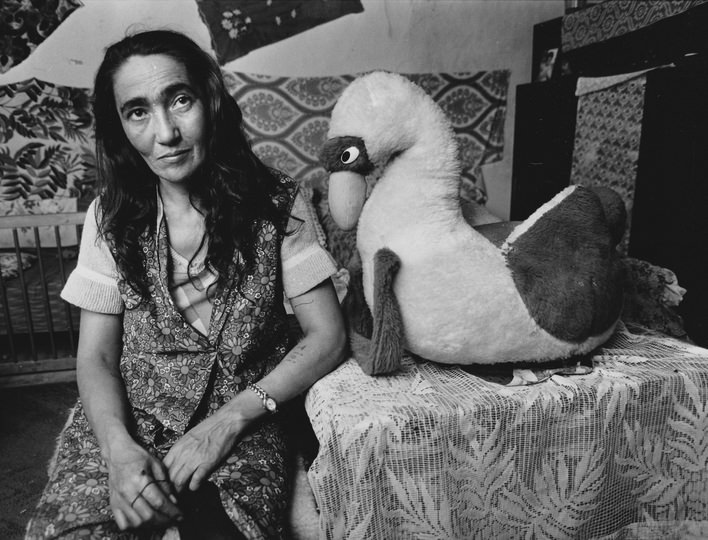
For this exhibition, he pulled previously unseen negatives from his archives from five well-known series – Tólápa, Gypsies, Balkán Street, Manufactury, and Prisoners; these images probably have never been enlarged before. We added a few more photos to guide the viewer, encouraging them to dig deep into their memories for the once-seen images. These two sets are complemented by displays digitally showcasing the five series in their entirety with the unconcealed aim to show as one unit what and how György Stalter photographed between 1982 and 1995. We are talking about pictures that were taken 20-30 years ago but were developed today; however, if someone thinks that they are brand new, that may not be coincidental either.
(Károly Kincses)
